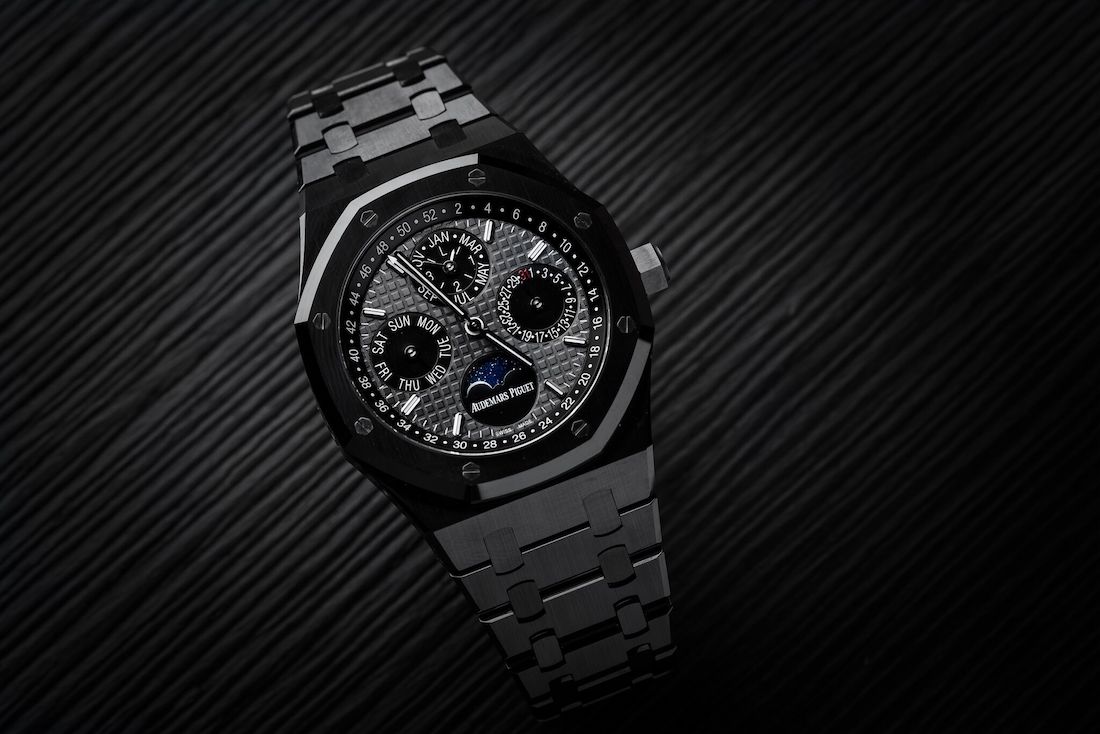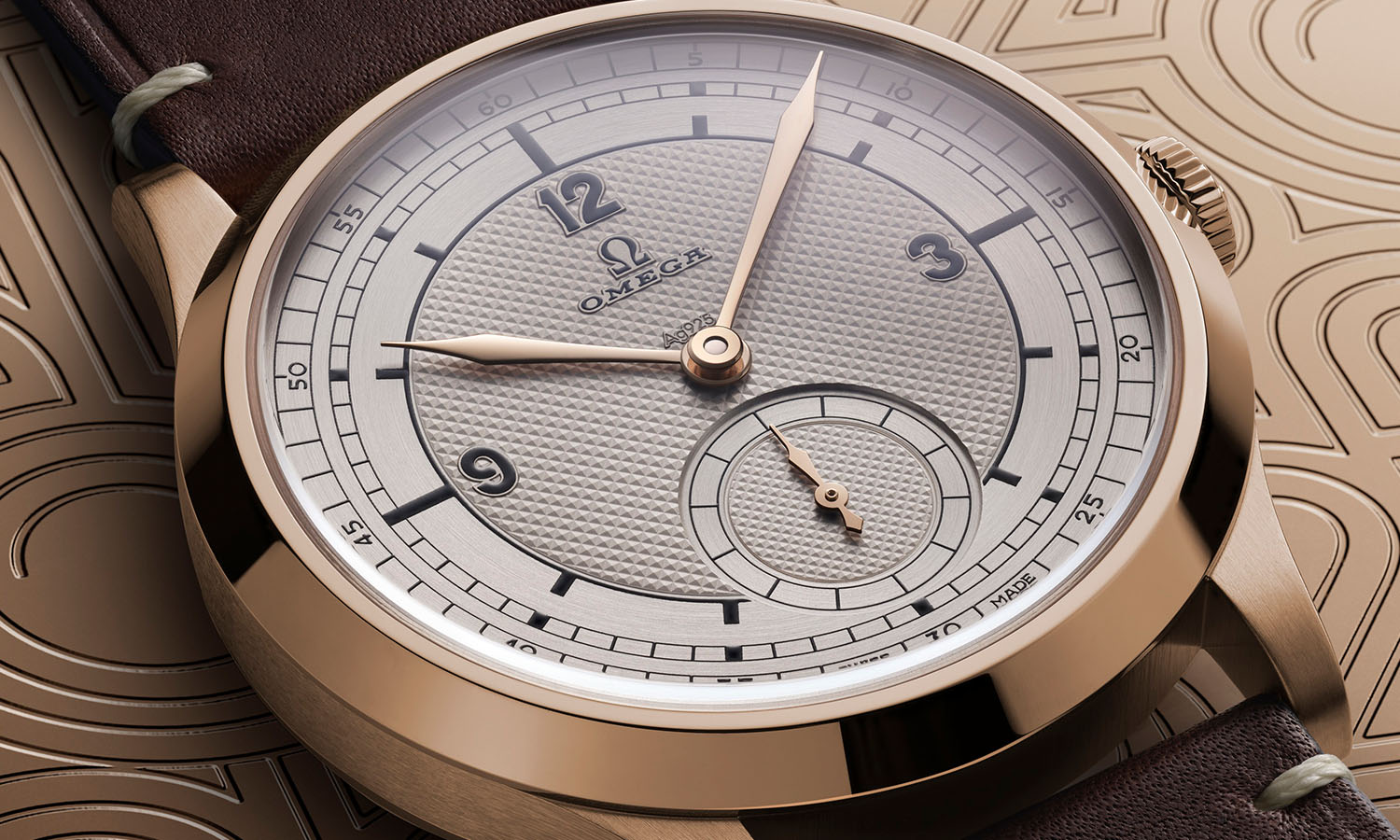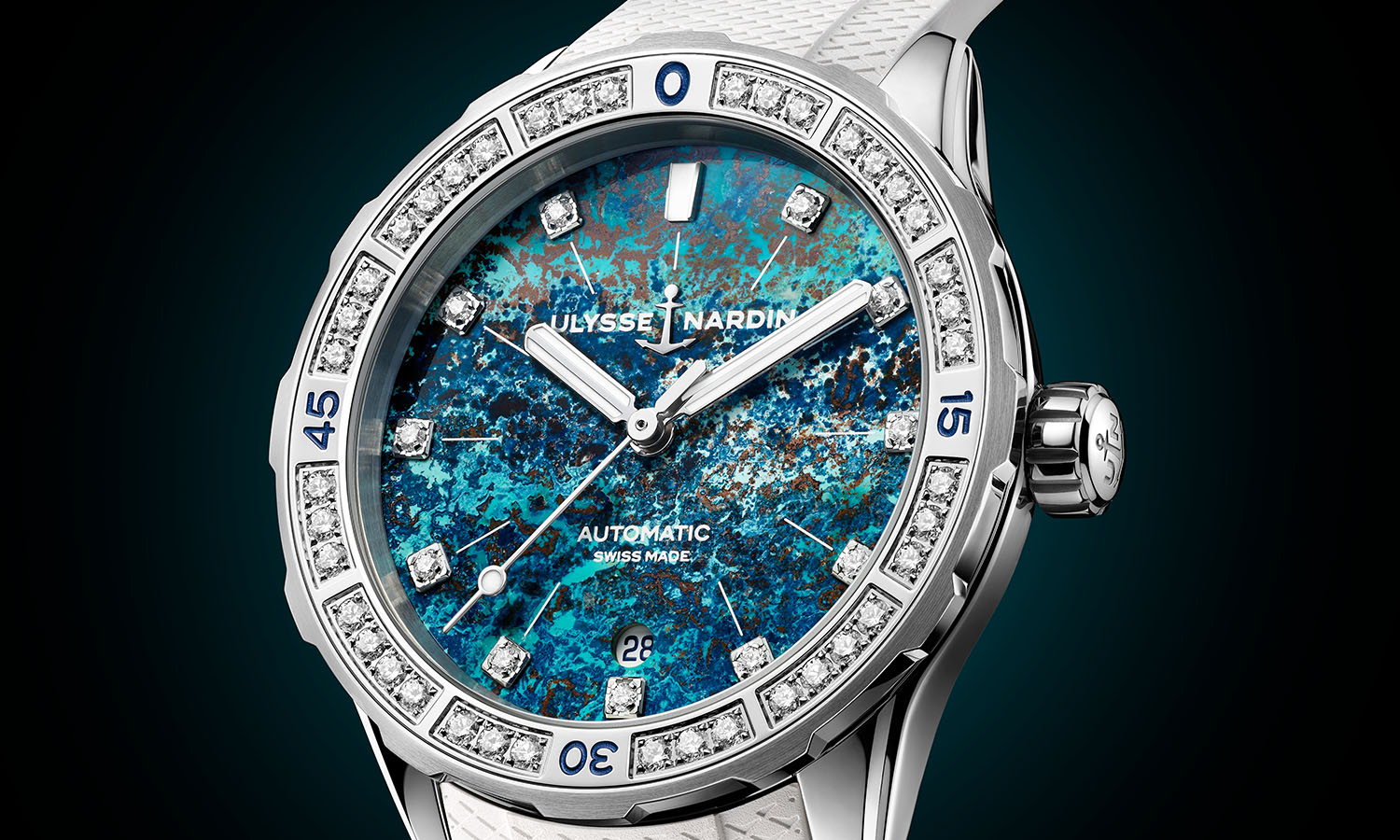
Ceramic: The New Steel?
When Audemars Piguet introduced the very first Royal Oak in 1972, it was unheard of: a steel watch for the price of a gold one. It turns out to be a stroke of genius, of course, aided by the brilliant design of Gerald Genta. It turned stainless steel into a noble material. Although not such an instant revolution as steel was, ceramic is becoming more and more the material of choice for high-end watches.
The reason for this is evident. Ceramic is not only light and strong but also hypoallergenic, highly scratch resistance and since it takes on the body temperature very fast it is very comfortable to wear.

The fact that this transition is not going as fast as that of steel has a lot to do with the fact that ceramic is an entirely different material. Although the production of gold and steel watches differs in details, both are metals. Ceramic is obviously not metal, which means that it has a completely different production process.

A good example of the production process is that of Rado, a pioneer when it comes to crafting ceramic watches. They mix a ultrafine zirconium oxide powder with a polymer binder which is injected into a mold under a pressure of 1.000 bar. The binder is removed using a chemical process, and the mold is heated to 1450 degrees Celcius. The challenge is that during this process a significant amount of shrinkage occurs, which makes it that a lot of parts are rejected since they do not meet the size criteria. Also coloring ceramic is a refined art, making it that

The problem is not only the production process itself but also the finishing. For example, the ceramic Royal Oak Perpetual Calendar that Audemars Piguet made requires 30 hours of polishing the case and the bracelet, while it will only take 6 hours for a steel one.

Not all brands are fully committed to ceramic, but some make parts of their watches out of this material. Like for example Rolex, who is steadily replacing all the bezel inserts with ceramic ones, taking advantage of the scratch resistance of the material. Others, like Chanel, have already made quite a name for themselves using this material. Other innovators such as Hublot, Panerai, Omega, and TAG-Heuer have used the material as well. As the technology to create ceramic watches develops further, it is likely that more brands will follow, making ceramic perhaps indeed the new steel.
 SIGN UP
SIGN UP











